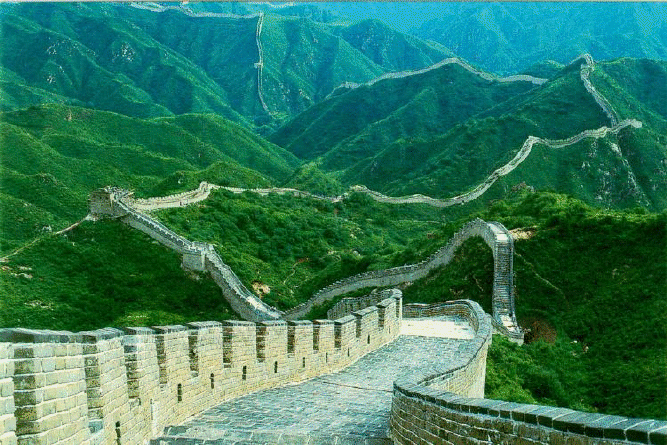Sport Origins
Who invented Baseball?
Baseball is a much older game than you think. Medieval manuscripts show games with bats, while a game called baseball appears in a picture published in London in 1744. Baseball is also mentioned in Jane Austen's novel Northanger Abbey, which she began writing in 1798. The game of rounders was first described 30 years later, and this or a similar game was known by the British settlers in America. Abner Doubleday is sometimes said to have invented baseball in 1839, but Alexander Joy Cartwright Jr drew up the games rules in 1845. He founded the first team, the knickerbocker Base Ball Club of New York.
When did basketball Start?
The inspiration for basketball have been from the Aztec game ollamalitzli and other ball and hoop game splayed by South American peoples. The modern game was invented in 1891 by Canadian physical education teacher Dr James A Naismith at the international YMCA college Springfield, Massachusetts. He wanted to find a game that could be played indoor during winter. Peach baskets were orginally used as goals, players have to climb a ladder to fetch the ball after scoring. Then someone hit on the idea of removing the bottom! The baskets were soon replaced by metallic rings with netting.


























